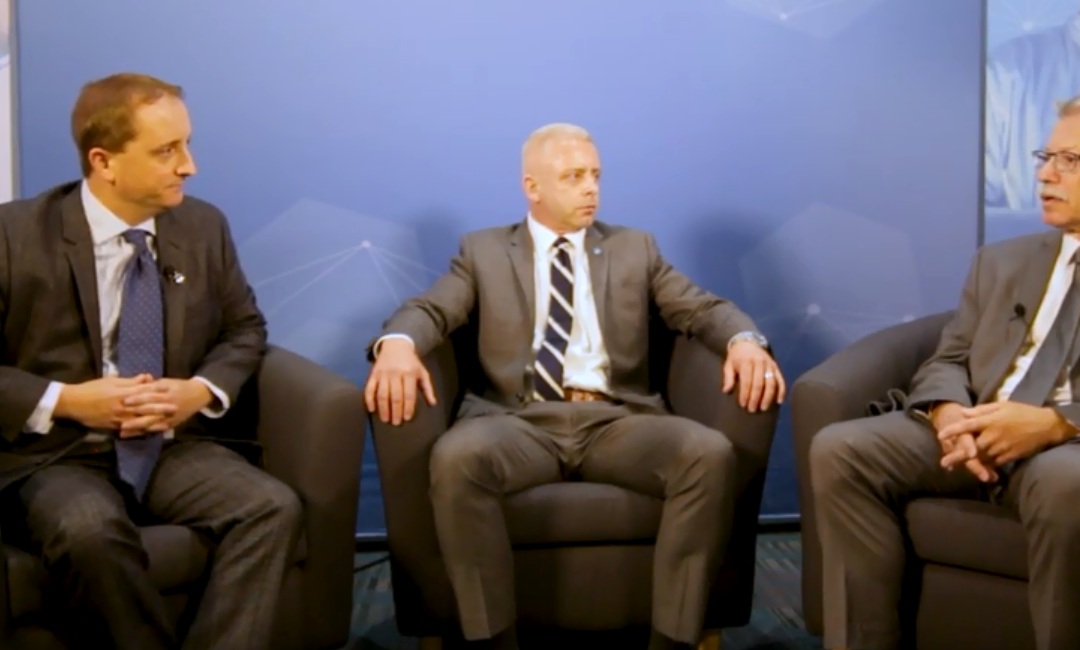How To Have A Neuromonitoring Discussion
One of the reasons for starting this website was to make sure I was part of the neuromonitoring conversation. It was a decision I made early in my career… and I’m glad I did. Hearing the different perspectives and experiences is a great way to shortcut a learning curve.
There’s a video I wanted to share from NASS that has been floating around on LinkedIn with 3 veterans in the field having a deep dive discussion. Sure, this most likely wasn’t an impromptu conversation or even a discussion on anything really high level. But it is a great glimpse into how we can/should think about what it is we’re doing day-to-day and how we came to the conclusion as to why we’re doing what.
If your discussion/training was very surface level, it makes it very hard to pivot or adjust when needed — or even know when that should happen.
Here’s your chance to add additional layers.
It’s a great exercise to listen in as to how they think through what’s demonstrated in the literature compared to their own findings. It allows them to challenge publications that might come to conclusions inconsistent with the majority of practices, as well as help keep their own biases in check when new evidence is presented worthy of further investigation or adoption.
They aren’t putting together pieces to a puzzle. That would infer they have everything already known and just need to put them in the right order. They’re coming to a consensus as to what’s our best understanding and utilization of the tools we have at this point in its ongoing evolution.
Even if you came to the same conclusion at the end of the video as you did at the start, it was time well spent if it changes your pursuit of meaningful conversation. That’s the gold in this relatively basic topic.
There’s plenty of places to hear these 3 speak and/or meet in person. Here’s their LinkedIn profile as a place to start.



Thanks, Joe. It was fun making this video. I think it is important to continuously question what we “know” to be true, and remain open to new concepts/developments. So many NPs/SNPs/MDs/etc live by rules that are outdated, don’t always apply, or they’re just made up. Fewer people are attending conferences these days and it seems even fewer people read the literature. How can we advance our profession if we insist on living in the past? As recent guidelines demonstrate, the “50%/10%” rule for SSEPs isn’t really a rule anymore, and those who use % attenuation for MEPs may find themselves making a big mistake applying a specific percentage to brain vs spine vs nerve root. Everyone seems to get pedicle screw threshold wrong. These are the basics! If we’re not having these conversations and continuously challenging the basics, then we’re committing to being stagnant and, ultimately, replaceable. I have great appreciation for the work you’re doing to keep the conversation going. Thanks for sharing.